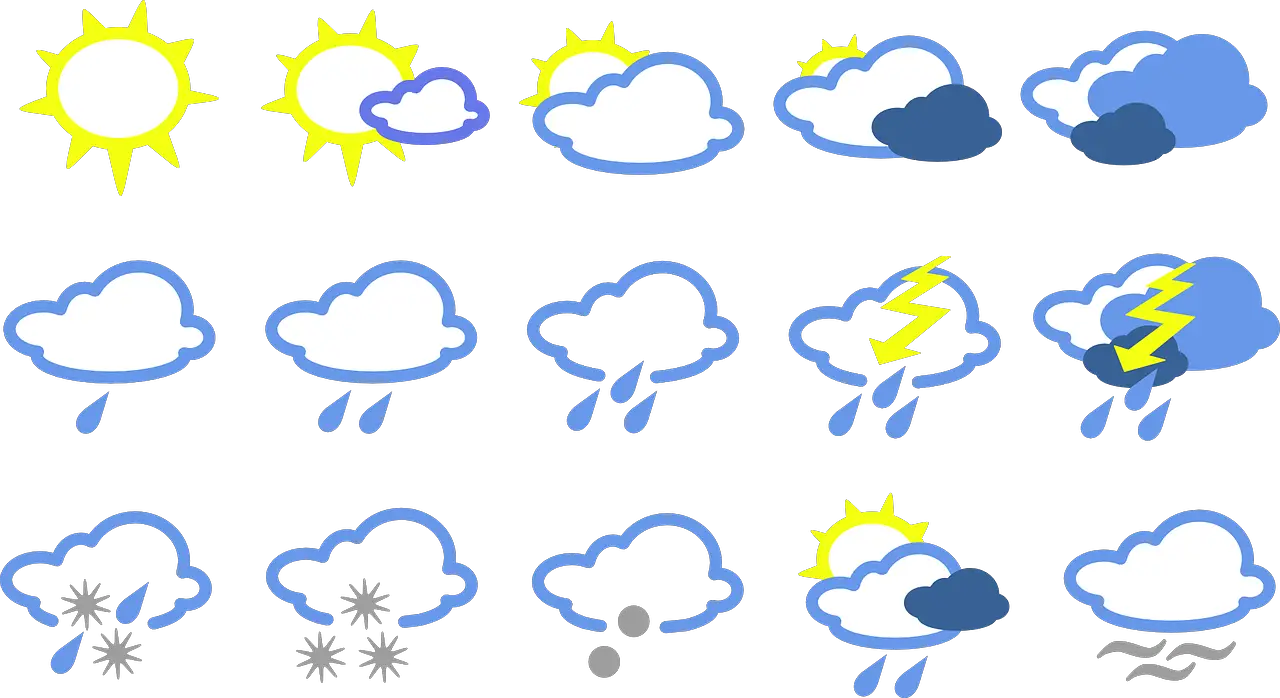Snow Day Calculators: Predicting Your Winter Day Off
Few things stir excitement like waking up to a snowy morning and the anticipation of a possible snow day. For students, parents, and even teachers, that rush of wondering if school might be canceled due to heavy snow is a winter tradition. While in the past, people relied on early morning news or radio announcements, today’s tech-savvy world has introduced a fun and innovative tool: the snow day calculator. These online tools provide predictions about the likelihood of a school closure due to inclement weather. But how do these calculators work, and how reliable are they?
In this article, we’ll dive into the mechanics of snow day calculators, how they predict closures, and their impact on modern snow day anticipation.

What Is a Snow Day Calculator?
A snow day calculator is an online resource that predicts the probability of schools being closed due to snow or severe weather. These tools use a combination of data, including weather forecasts, local school policies, and historical snow day patterns to provide a likelihood percentage. Users typically input basic information such as their zip code, school type (public, private, or charter), and other variables. The calculator then estimates the chances of a snow day, often providing a percentage from 0% to 100%.
While they can’t guarantee accuracy, snow day calculators offer a glimpse into the possible decision-making process that school administrators might follow. For students, this is an exciting way to engage with weather predictions and get an early peek into whether they can look forward to a day of snowball fights and hot chocolate.
How Do Snow Day Calculators Work?
To understand the magic behind snow day calculators, it’s important to look at the types of data they use:
1. Weather Data:
The foundation of any snow day calculator is the weather forecast. Calculators pull real-time data from reliable meteorological services such as the National Weather Service (NWS) or other global weather sources. Several weather factors are taken into account:
- Snowfall amounts: The depth of snow predicted in your area is a primary determinant. A forecast of a few inches might not close schools, but a prediction of six inches or more often increases the chances.
- Wind conditions: Strong winds can lead to blizzard-like conditions, reducing visibility and making travel dangerous, even if snowfall totals are moderate.
- Temperature: Extremely low temperatures combined with snow can cause road icing, increasing the likelihood of cancellations, especially in areas where winter weather is not common.
2. Historical Data:

In addition to the weather forecast, snow day calculators factor in historical trends. Schools often follow certain patterns in response to weather conditions, and understanding those patterns helps make the predictions more accurate. For instance:
- Past closure trends: If a district has a history of canceling school when snowfall exceeds a specific level (say 5 inches), that information helps refine the calculator’s accuracy.
- Regional behavior: Snow day decisions are highly localized. For example, schools in the Northeast, where heavy snow is common, might not cancel unless there’s a blizzard. On the other hand, in warmer regions where snow is rare, just a few inches of snow can lead to closures.
By blending forecast data with historical trends, snow day calculators are better able to predict how local schools will respond to a specific storm.
3. School Policies:
School districts have varying policies when it comes to weather-related closures. Snow day calculators often allow users to select their school type because public, private, and charter schools may respond differently to snow events.
- Public schools tend to have large transportation networks and may cancel school more readily when road conditions are poor.
- Private schools may be more flexible, particularly if most students live nearby and are not dependent on bus transportation.
- Charter schools often operate under distinct policies, and their closure decisions can vary greatly from district to district.
Factoring in the specific school type helps the calculator provide a more tailored prediction for each user.
How Accurate Are Snow Day Calculators?
While snow day calculators can be fun to use, it’s important to recognize their limitations. They can’t provide a definitive answer on whether your school will be closed because they rely on predictions, not certainty. Here are some factors that can affect their accuracy:
- Weather Unpredictability: Weather forecasts, while improved over the years, are not always accurate. Storm paths can change, predicted snowfall amounts can shift, or temperatures may not drop as much as expected. If the weather changes drastically, snow day predictions can be off.
- School District Decisions: Ultimately, the decision to close a school lies with administrators, who may consider factors not included in the calculator, such as the availability of plow services, staffing concerns, or even broader community conditions.
- Local Road Conditions: Snow day calculators don’t always have access to up-to-the-minute road conditions, which can play a critical role in whether a school closes or not. For example, even if only a few inches of snow fall, if roads are icy or haven’t been plowed, a school might close.
Popular Snow Day Calculators

There are several popular snow day calculators available online, each offering different features:
- Snow Day Calculator by David Sukhin: One of the earliest and most popular calculators, this tool was created by David Sukhin while he was in middle school. It uses a blend of weather data, school-specific policies, and historical trends to predict the chances of a snow day.
- SnowDayPredictor.com: Another well-known calculator, this website provides real-time updates on the probability of snow days across the U.S. based on user inputs and weather forecasts.
- SchoolCancelled.com: This tool allows users to adjust different variables such as snowfall totals or wind conditions to see how changes might impact the likelihood of a school closure.
The Fun of Snow Day Anticipation
For many students, snow day calculators add an extra layer of excitement to winter. Instead of passively waiting for a news announcement, they can actively engage with the data, eagerly checking their school’s predicted closure percentage. This has created a new winter ritual, with students comparing results from different calculators and sharing predictions with friends.
Snow day calculators have become a blend of fun and function. Although they aren’t a guarantee, they help temper expectations and give users an early indication of whether a snow day is likely. In the end, though, it’s the actual snowfall—and school administration—that makes the final call.
Conclusion
Snow day calculators offer a fun and often informative way to anticipate school closures during winter storms. Although they can’t promise 100% accuracy, their predictions are rooted in a mix of reliable data, including weather forecasts, historical trends, and local school policies. Whether you’re a student eagerly awaiting a day off or a parent planning for the next snowy commute, these tools provide a quick and engaging way to predict a snow day.
In our increasingly digital world, snow day calculators are just one more way technology shapes how we experience winter—and how we hold onto the timeless hope of an unexpected day off.


